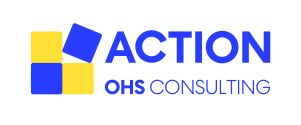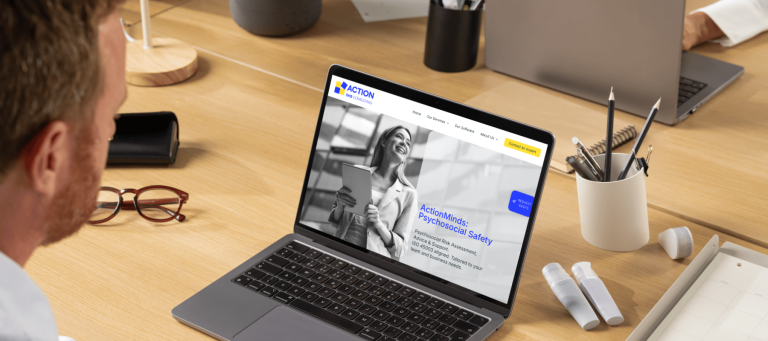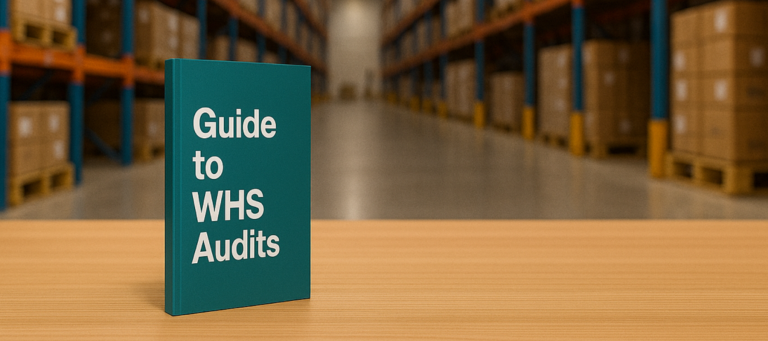2 September 2025
Workplace health and safety must be central to any environment where individuals (especially young or inexperienced workers), are introduced to unfamiliar machinery, tools, or hazardous processes. A recent WorkSafe VIC case underscores how quickly a preventable incident can escalate when controls are lacking.
In August 2025, a company was fined after a teenage apprentice suffered severe burns when his clothing caught fire. Investigators found he had previously experienced a near miss involving the same garment. This incident is a stark reminder for employers, trainers, and safety professionals that duty of care must extend beyond the obvious risks.
The Real Challenge in Training Environments
Whether in manufacturing, construction, automotive, or other hands-on industries, training providers and employers face a common challenge: young workers and apprentices often enter the workplace with limited hazard awareness. This inexperience demands robust systems, clear instructions, and proactive supervision.
Supervision is especially critical when tasks involve machinery, tools, or hazardous substances. It ensures that safe practices are followed, PPE is worn correctly, and sequencing risks are understood. For example, exposure to flammable materials earlier in the day can dramatically increase the danger when operating welding equipment.
Leadership Responsibilities
The prosecution summary from the recent case highlights several controls that should have been in place, measures that leaders across all training and workplace settings can adopt:
- Standardise and enforce PPE: Flame-resistant clothing and task-specific protective gear must be issued and monitored. Relying on personal clothing, especially synthetic blends, introduces unnecessary risk.
- Educate on sequencing risks: Workers must be trained to understand how prior exposure to flammable substances can increase ignition potential during later tasks.
- Embed hazard awareness into training: Clothing choices, material risks, and task sequencing should be built into training modules and reinforced through supervision.
These actions go beyond compliance; they reflect a proactive safety culture that protects workers and builds long-term awareness.
Why WHS Consulting is a Smart Strategy
Small businesses and training organisations may overlook risks like inappropriate clothing, unsafe equipment handling, or gaps in supervision. One of the most effective ways to prevent repeat incidents is to stay informed through regulator alerts and prosecution summaries.
Engaging a qualified and experienced WHS consultant, especially one with industry-specific experience, can help identify vulnerabilities and implement practical, preventative measures.
By ensuring safety teams, supervisors, and teaching staff regularly review these updates, workplaces can keep lessons learned front of mind, rather than reacting only after an incident occurs.
Key Insights and Learnings
- Audit PPE policies: Ensure flame-resistant and task-appropriate protective gear is standardised and enforced.
- Update training materials: Use real-world incidents to reinforce safety messages during inductions and toolbox talks.
- Highlight sequencing risks: Encourage supervisors and workers to consider what tasks or exposures occurred earlier in the day.
- Subscribe to regulator updates: Use WorkSafe alerts as teaching tools and management prompts to maintain vigilance.
As leaders, the responsibility is clear: Embedding WHS into training environments doesn’t just protect young workers; it sets the tone for their future careers. A strong safety foundation, informed by real incidents, ensures that risk awareness becomes second nature.
FAQs
Young and inexperienced workers often lack practical hazard awareness. Without strong systems, PPE enforcement, and supervision, minor oversights can escalate into serious incidents.
Ensure flame-resistant PPE is issued and worn, embed hazard awareness into training, and educate workers on sequencing risks, such as handling flammable goods before welding.
Consultants offer independent expertise, help review PPE and training systems, and keep teams informed of regulator updates. Their guidance helps shift WHS from reactive to proactive.






